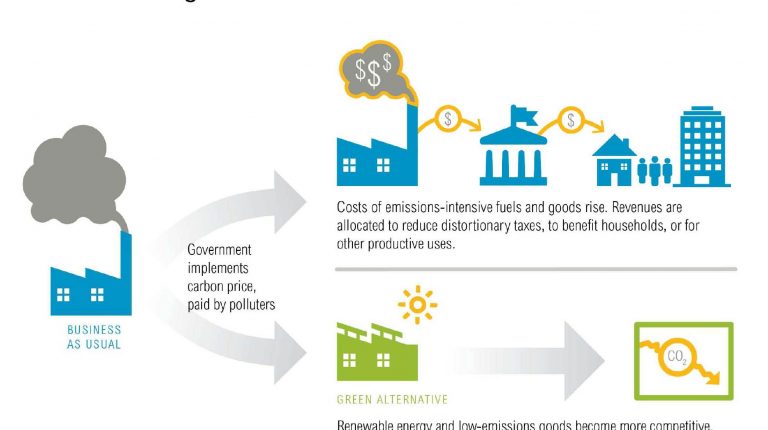Today we are experiencing the effects of climate change — rise in temperature, change in snowfall and rainfall patterns and more extreme changes including heavy rainstorms and high temperatures are being recorded in various places.
These changes are associated with increasing levels of carbon dioxide and other greenhouse gases in the atmosphere that are caused by human activities, such as burning fossil fuels for energy.

Greenhouse gases are one of the main reasons for climate change. By taking action to reduce the emissions of greenhouse gas pollution we can reduce the threats that we are facing and can also reduce the risks we will face in the future due to climate change. Many governments around the world are working towards this goal.
One of the biggest steps has been the Kyoto Protocol which was adopted in 1997. By the end of 2009, 187 countries had signed the protocol under which 37 industrialized countries and the European Union committed to reducing their greenhouse gas emission.
The Dutch government, to prevent climate change, introduced some measures to reduce greenhouse gas emission and laid down climate act and National Climate Agreement. The former act calls for a 49% reduction in greenhouse gases by 2030 and a reduction of 95% greenhouse gases by 2050.
In the National Climate Agreement, sectors like electricity, industry, build environment, traffic and transport and agriculture agreed to help in achieving climate goals.

Measures To Reduce Greenhouse Gas Emissions:
Build Environment
- Energy tax system became strict with strong incentives for energy efficiency and CO2 reduction.
Transport And Traffic
- A shift in the mode of transportation from cars to bicycle/ public transport.
- Encouraged the use of electric vehicles through many taxation measures.
- Incentives for more efficient and sustainable transport.
Industry

- Increase in the levy of the carbon tax, including the Emission Trade System (ETS) price on every ton of carbon emitted exceeding a fixed reduction path.
- Subsidy schemes for renewable energy and CO2 reducing schemes were introduced in the industries. In this way, the government wants to ensure that the energy transition in the Netherlands remains feasible and affordable.
- Funding for innovations to enhance hydrogen and other sustainable fuels.
Electricity
- Accelerating off-shore wind power and also increasing the growth of onshore wind and solar energy.
- Introduction of a minimum CO2 price for electricity production.
Agriculture and Land Use
- Improved processing of manure to reduce methane emissions from livestock.
- Encouraging climate-friendly food consumption and reducing food waste.
- Carbon sequestration: scientists are also working to capture carbon dioxide and store it underground rather than letting it go out in the atmosphere.
Reducing greenhouse gas emissions is vitally important. But the global temperature has already changed and will continue to change in the years to come. The IPCC report suggests that people find ways to adapt to global warming and slow it.
About the Author: Radhika R is a student of Christ University Bangalore. She is pursuing her Masters in English with Cultural Studies. She completed her UG in English Literature from Kerala. Her areas of interest are mythology and arts.